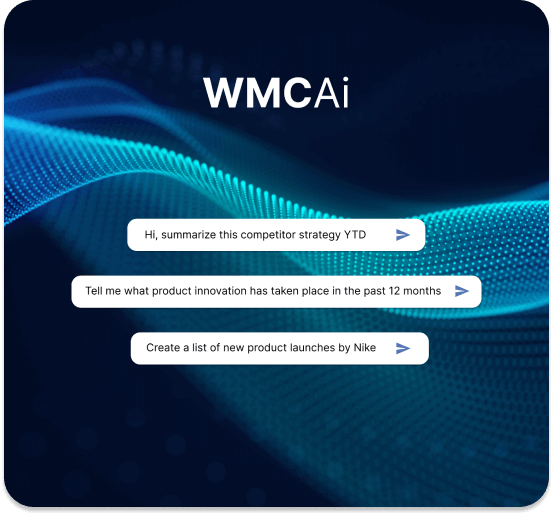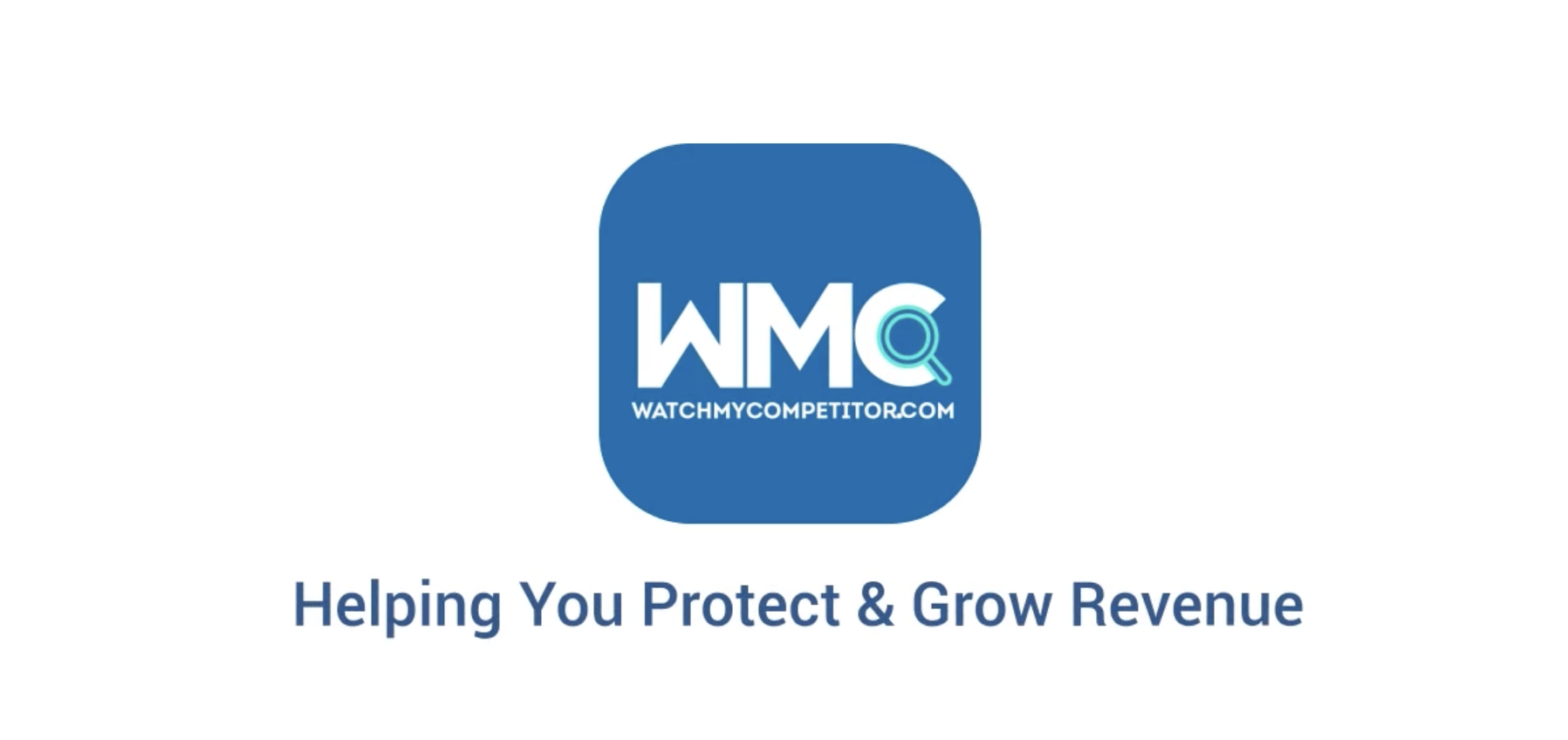In the rapidly evolving digital landscape, businesses constantly face the challenge of adapting to shifting market trends and customer demands. Establishing a robust product roadmap framework is crucial to steer product development and ensure the effectiveness of your product strategies.
This comprehensive guide dives into the intricacies of developing a tailored product roadmap framework that aligns with your business’s unique requirements.

Understanding Product Roadmap Frameworks
A product roadmap framework essentially represents a strategic blueprint that charts the course of a product’s evolution over time. Its significance lies in providing a structured and cohesive approach toward achieving product-related objectives. This framework ensures alignment among various stakeholders, allowing everyone involved to share a unified vision and goals.
A well-structured product roadmap framework plays a multifaceted role. It aids in the prioritisation of features, efficiently allocates resources and monitors progress toward set milestones.
By having a clear roadmap in place, businesses can streamline their product development processes, enhancing efficiency and agility. It not only helps in planning for the present but also lays down a vision for the future, enabling businesses to stay ahead of the curve.
The dynamism of today’s markets necessitates businesses to continuously adapt and innovate. This adaptability is precisely what a robust product roadmap framework enables. It allows for adjustments in response to market shifts, customer feedback, or emerging technologies.
Such flexibility ensures that the product remains relevant and competitive in an ever-changing landscape.
How Does Competitive Intelligence Fit In?
Around 90% of Fortune 500 companies are using competitive intelligence, and there are good reasons why. Incorporating competitive intelligence into a product roadmap framework is a pivotal aspect for businesses striving to navigate the competitive landscape effectively.
This integration process involves systematically collecting and analysing data concerning competitors’ strategies, products, market positions and customer interactions. These insights provide a comprehensive understanding of the competitive environment.
Competitive intelligence serves as a compass guiding essential decisions like prioritising features, determining market positions, and devising differentiation strategies. It facilitates a deeper comprehension of prevailing market trends, customer preferences and the strengths and weaknesses of competitors.
This analytical approach significantly enhances decision-making, ensuring that the product roadmap remains aligned with the evolving demands of the market.
Moreover, harnessing competitive intelligence empowers businesses to recognise potential opportunities, pinpoint market gaps and areas where their product could outshine competitors. This proactive stance enables companies to stay ahead, fostering an environment of innovation and adaptive product strategies that solidify their competitive advantage.
By leveraging this information, businesses not only stay relevant but also position themselves strategically for sustained growth and success in their respective markets. The majority of product managers feel they have a lack of appropriate tools to excel. Finding the right one for competitive intelligence is a must.
Building Your Product Roadmap Framework
Crafting a robust product roadmap framework involves a series of interconnected steps that collectively shape its efficacy:
1) Setting strategic goals
The foundation of any successful framework lies in establishing clear and SMART (Specific, Measurable, Achievable, Relevant, Time-bound) strategic goals. These goals should align closely with the overarching business objectives, serving as guiding principles throughout the product development journey.
2) Market analysis & trends
Conducting a thorough market analysis is pivotal in understanding the current landscape and anticipating future trends. This involves examining market dynamics, customer behaviour, emerging technologies and competitor strategies. Competitive intelligence serves as a cornerstone in this analysis, offering actionable insights into market trends and competitive positioning.
3) Feature prioritisation
Prioritising features is a critical aspect of the framework, determining the direction and focus of product development. Leveraging competitive intelligence aids in identifying features that resonate with customers, address pain points, and differentiate the product from competitors. It enables businesses to allocate resources effectively to features that offer maximum value.
4) Resource allocation
Optimising resource allocation is essential to ensure the successful implementation of the framework. This involves aligning budgetary considerations, manpower and technological resources with the prioritised features. The insights derived from competitive intelligence play a crucial role in allocating resources judiciously, maximising efficiency and effectiveness.
5) Timelines & milestones
Establishing realistic timelines and milestones is fundamental in driving progress within the framework. Breaking down overarching goals into smaller, achievable steps helps in tracking progress and maintaining momentum. These timelines should be challenging yet attainable, providing a clear roadmap for the product’s evolution.
The Benefits Of A Custom Product Roadmap Framework
A custom product roadmap framework, integrated with competitive intelligence, offers a myriad of advantages for businesses striving for product success.
A) Data-driven decision-making
The incorporation of competitive insights into the framework empowers businesses to make informed decisions. This data-driven approach ensures that product development aligns with market trends and customer needs.
B) Adaptability
A custom framework provides the flexibility necessary to adapt to evolving market conditions and customer preferences. This adaptability ensures that the product remains competitive and relevant in the face of changing dynamics.
C) Competitive edge
Leveraging competitive intelligence allows businesses to identify unique opportunities to differentiate their product offerings. This edge enables them to carve out a distinct place in the market, setting them apart from competitors.
D) Performance tracking
Establishing key performance indicators (KPIs) is crucial for monitoring progress within the framework. These metrics provide insights into the effectiveness of the framework, allowing for timely adjustments and improvements.
E) Continuous improvement
Regularly reviewing and adapting the framework based on data-driven insights and market feedback is vital for sustained success. This iterative approach enables businesses to refine their strategies, staying agile and responsive to changing market dynamics.
F) Market responsiveness
A custom product roadmap framework, powered by competitive intelligence, enables businesses to swiftly respond to emerging market trends and consumer behaviour. This agility ensures that the product roadmap remains attuned to the rapidly evolving market dynamics, allowing for quick adjustments to stay relevant and meet evolving customer needs.
G) Risk Mitigation
Integrating competitive intelligence into the framework helps in identifying potential risks and threats posed by market changes or competitor strategies. This proactive approach enables businesses to anticipate challenges and implement preemptive measures to mitigate risks effectively.
H) Resource optimisation
The insights derived from competitive intelligence assist in optimising resource allocation within the framework. Businesses can allocate resources efficiently, ensuring that time, finances and talent are directed towards areas that yield maximum impact and align with the overarching objectives.
I) Enhanced customer satisfaction
By leveraging competitive intelligence, businesses gain a deeper understanding of customer preferences and pain points. This understanding facilitates the development of products that resonate more effectively with the target audience, thereby enhancing overall customer satisfaction.
J) Strategic innovation
Integration of competitive intelligence fosters a culture of strategic innovation within the organisation. It encourages continuous exploration and innovation, allowing businesses to stay ahead of market shifts and consistently offer novel solutions to meet customer demands.
K) Market expansion opportunities
Competitive intelligence not only helps in understanding the current market landscape but also identifies potential expansion opportunities. It allows businesses to explore new markets or untapped segments, leveraging insights to tailor their product roadmap for expansion strategies.
Concluding Thoughts
In the dynamic landscape of modern business, a tailored product roadmap framework is a cornerstone for achieving product success. By integrating competitive intelligence and following the outlined steps, businesses can craft a framework aligned with their objectives.
This framework drives innovation, ensures competitiveness and propels the product toward sustained success. Embracing the power of competitive intelligence empowers businesses to create a product roadmap framework that not only navigates the challenges of the present but also prepares for the opportunities of the future in 2024 and beyond.








